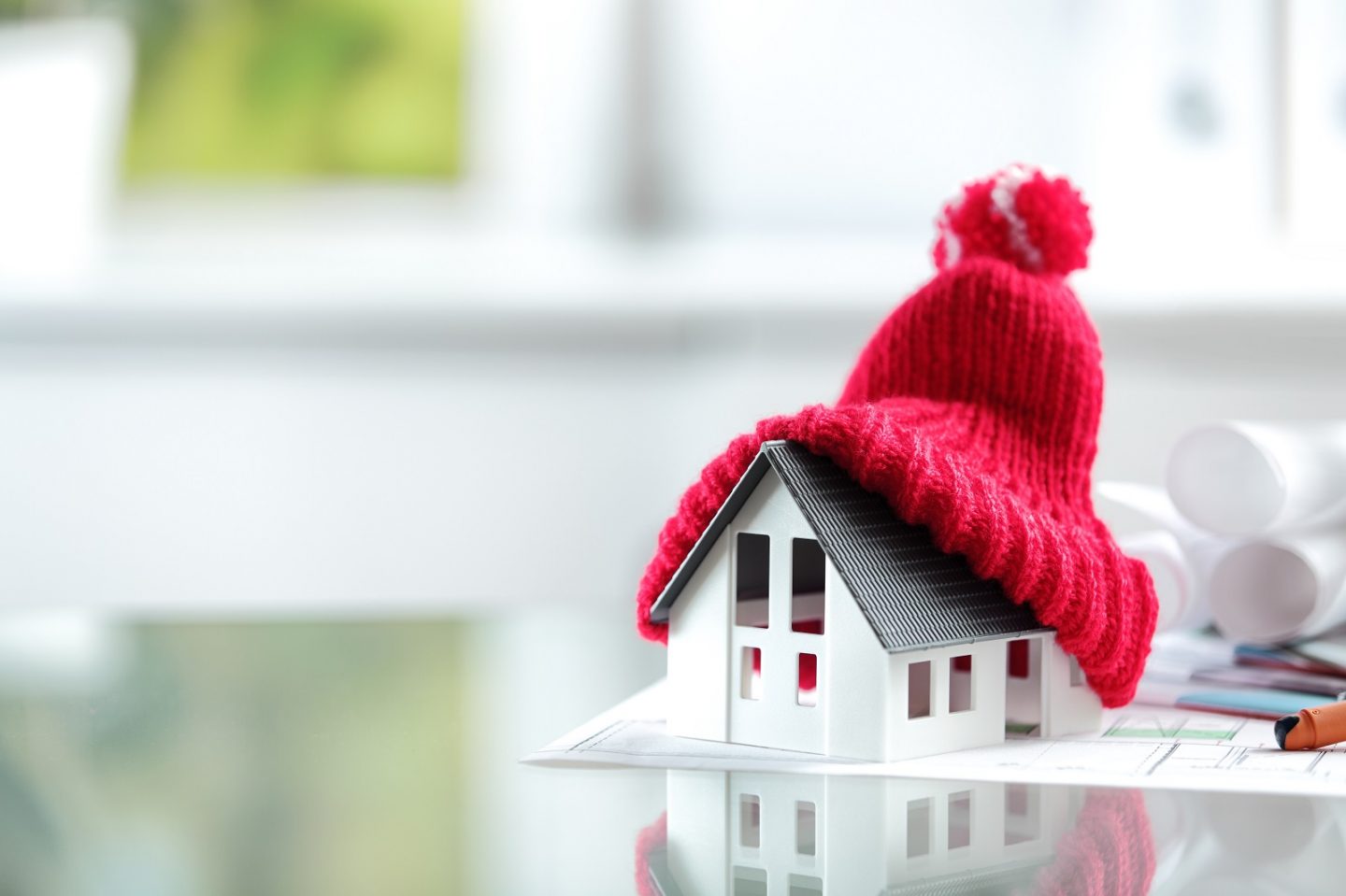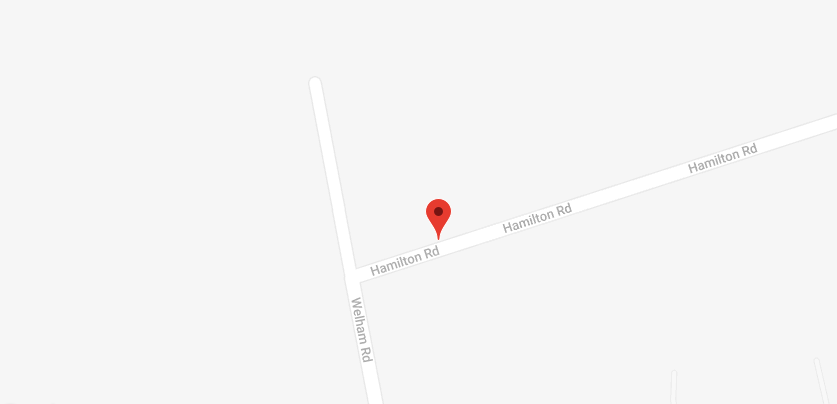The PuroClean Blog
Energy-Efficient House Warming Tips for the Cold Weather

When the outside temperatures plummet, many issues can arise in homes and properties. Besides increased fire and water damage hazards, high heating costs are also a problem. Below are important winter energy saving tips that homeowners can follow to reduce their carbon footprint and energy bills.
Winter Energy Saving Tips
- Insulating windows and doors — Any gaps or cracks around windows and doors should be weather-stripped. This prevents moisture and cold air from getting inside, boosting the energy efficiency of the home. For extra heat conservation, it’s best to install double or triple pane windows, as well as insulated doors and garage doors.
- Inspecting the heating system — A professional should inspect the home’s furnace and heat pump. This ensures the heating system works well, preventing carbon monoxide leaks.
- Changing the furnace filters — Once a month is best during the cold season. Dirty furnace filters reduce furnace efficiency, which decreases the lifespan of the unit and increases energy consumption.
- Preventing pipes from freezing — Severe cold weather can freeze the water in the pipes. They will explode because the ice inside it expands. Faucets in exterior walls should drip to provide relief for the pipes. Also, both cold and warm water pipes should be wrapped with insulation. Moreover, any cracks or holes in the walls should be caulked up to keep cold air away. It’s also a good idea to keep a temperature of at least 13 degrees Celsius when leaving home.
- Knowing where the water shut-off valve is — In case of a plumbing emergency, the main water valve may need to be closed to prevent further damage. The valve is typically located in the basement or buried near the road.
- Insulating the air ducts — Having poorly sealed ducts can lead to around 20 percent loss in efficiency. A contractor can properly seal and insulate the air ducts in the home. That will save on energy and reduce the stress on the furnace.
- Preventing ice dams —To prevent ice dams on the roof, the attic must be properly insulated and ventilated. In addition, the attic must have enough ventilation to allow cold air inside it (and help prevent the ice on the roof from melting).
- Maintaining the fireplace — That can be done by checking for obstructions, such as creosote buildup or birds’ nests, in the flue. Also, the damper must close properly, and the firebox should be fully intact. A chimney sweep can clean the chimney and check it for damage.
- Inspecting the roof — A contractor can fix any missing, loose or damaged shingles. In addition, the roof must be clear of debris as it can damage the roof’s shingles or membrane.
- Cleaning gutters and downspouts — Leaves, twigs, and other debris in the gutters may cause water leaks in the home, as well as ice dams. Thus, it’s important to clean them regularly and check them for damage and sagginess.
- Stocking up on basics. — To prepare for an outage, which can happen during a blizzard, homeowners should keep an emergency kit and other heating sources. In addition, it’s a good idea to restock cold-weather essentials, such as salt or ice melt.
The PuroClean team stands ready to provide professional restoration services to any property affected by fire, water or mould damage.
October 18, 2019

